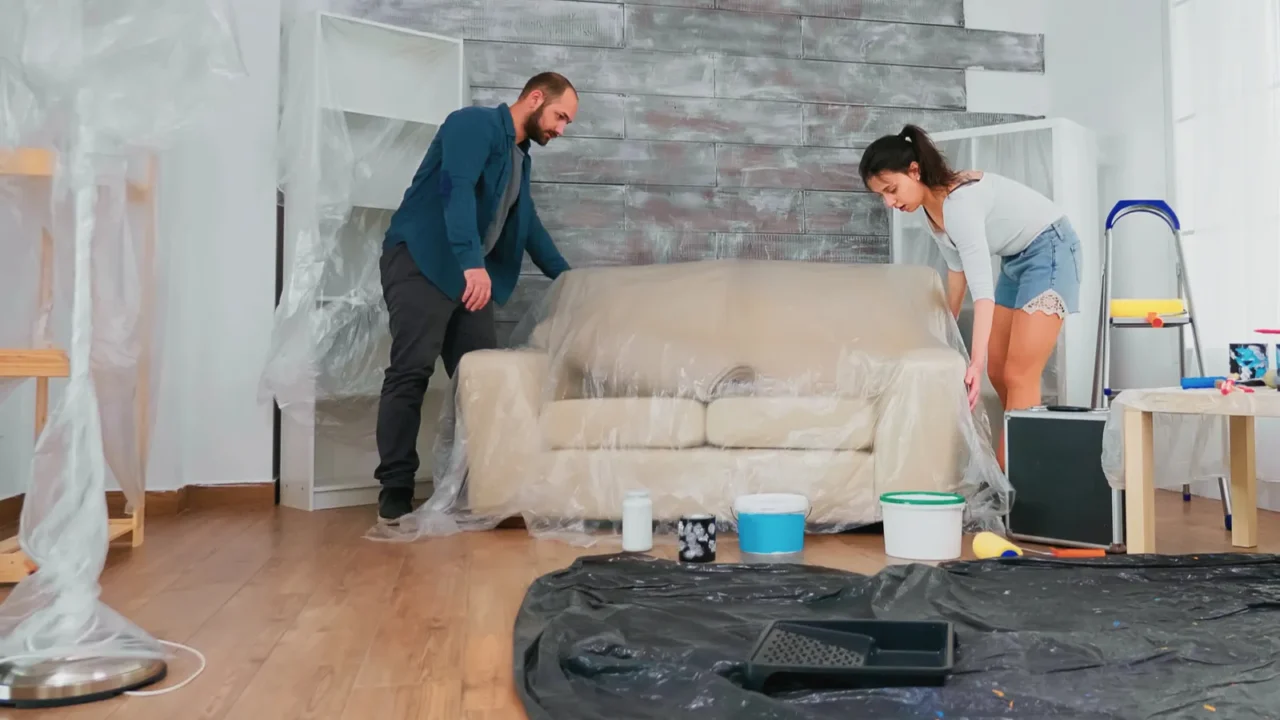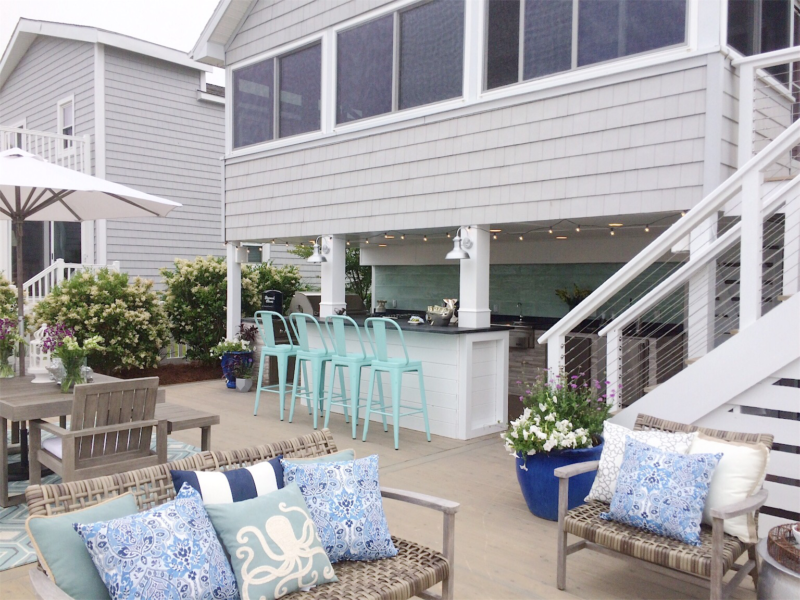Fixer Upper Unhappy Clients: What Really Happened Behind the Scenes

HGTV’s Fixer Upper, hosted by Chip and Joanna Gaines, became a cultural phenomenon with its heartwarming renovations, rustic-chic designs, and stunning home transformations. However, as the show’s popularity soared, so did scrutiny—and a growing number of reports surfaced about Fixer Upper unhappy clients. While most homeowners on the show walked away thrilled, a few shared concerns ranging from design regrets to unresolved structural issues and unmet expectations.
For fans and prospective homebuyers alike, understanding the experiences of Fixer Upper unhappy clients is essential to gaining a full picture of what happens after the cameras stop rolling. This article dives deep into the factors contributing to dissatisfaction, highlights key complaints, and offers a realistic perspective on TV renovations. If you’re curious about the potential downsides of reality renovation shows or simply want to know what might go wrong in a dream home makeover, read on.
The Allure of Fixer Upper: Why Clients Sign On
Before exploring dissatisfaction, it’s important to understand why homeowners choose to appear on Fixer Upper in the first place.
What’s Promised to Clients?
Participants in the show often receive:
- Professional design services from Joanna Gaines
- Construction oversight by Chip Gaines and his team
- A television appearance that can raise home value
- Partial furnishing and decorative staging
- A significant discount or financial support for the renovation
This winning combination is often too good to pass up, especially for buyers interested in flipping distressed properties into dream homes.
Why Are Some Fixer Upper Clients Unhappy?
While the majority of participants seem pleased, some Fixer Upper unhappy clients have voiced concerns. These stem from various causes, including design practicality, budget clarity, and post-renovation issues.
Common Complaints from Fixer Upper Unhappy Clients
1. Limited Input in Design Decisions
Joanna Gaines’ signature style may appeal to many, but it isn’t for everyone. Some clients reported that their preferences weren’t fully considered in the final designs, or that they felt rushed into making decisions.
2. Staging vs. Reality
Many viewers don’t realize that much of the furniture and decor seen in the “reveal” is for staging purposes only. Once the cameras stop rolling, homeowners often have to decide whether to purchase the furnishings or start over. This has left some feeling misled about what they were actually receiving.
3. Unforeseen Costs
Despite being a TV show with an assumed budget cushion, some clients were surprised by overages or additional costs not fully disclosed during filming. Renovations can uncover structural issues that inflate costs beyond what was initially expected.
4. Structural or Maintenance Problems Afterward
There have been scattered reports of issues arising after move-in—ranging from plumbing problems to HVAC issues. While not widespread, these concerns highlight that television timelines often skip the extensive post-inspection follow-ups that happen in real-life renovations.
Case Studies: When Fixer Upper Didn’t Deliver
Example 1: Short-Term Rental Restrictions
A few homeowners intended to list their Fixer Upper homes on Airbnb or similar platforms. However, local ordinances in Waco, Texas, began limiting short-term rentals due to zoning laws. This affected some clients’ financial plans and caused frustration.
Example 2: Buyer’s Regret After the Hype
There have also been reports of clients selling their homes shortly after filming due to dissatisfaction with the layout, finishes, or maintenance burden. In these cases, the reality didn’t align with the fantasy, especially once filming ended and the cameras left.
Is This Unique to Fixer Upper, or Common Across Reality Shows?
The issues faced by Fixer Upper unhappy clients aren’t necessarily unique. Other home renovation shows have drawn similar criticism for:
- Compressed construction timelines
- Editing that distorts reality
- Unrealistic expectations for budget and scope
- Contracts that limit public disclosure
However, Fixer Upper drew additional attention because of its popularity and the strong brand tied to the Gaineses.
Understanding the Limits of Reality TV Renovations
How Much Control Do Clients Really Have?
Clients do have input, but they’re ultimately subject to:
- Network filming schedules
- Sponsorship and promotional deals
- Production priorities that may override personal preferences
Budget Transparency and Limitations
Even though budgets are presented onscreen, they may not account for:
- Labor donated for filming purposes
- Discounted or donated materials
- Extras like landscaping and custom decor that aren’t included
This lack of clarity has led to disillusionment for some homeowners.
How to Protect Yourself in a Real-Life Renovation
If you’re inspired by shows like Fixer Upper and want to undergo a similar transformation, here are key steps to avoid future dissatisfaction:
1. Get a Detailed Contract
Include all project scopes, deadlines, and cost breakdowns.
2. Work With a Local Designer
If TV-style design is your goal, hire a reputable local designer who aligns with your taste and offers hands-on attention.
3. Clarify What’s Included
Be explicit about what furnishings, finishes, and appliances are part of the final delivery.
4. Have a Contingency Budget
Always plan for unexpected costs—20% of the budget is a good starting point.
5. Request a Post-Project Inspection
Have an independent inspector review the work after completion to identify any missed or subpar elements.
Why Most Fixer Upper Clients Are Still Satisfied
Despite isolated cases of Fixer Upper unhappy clients, the show has received overwhelmingly positive feedback over the years. Many families genuinely love their transformed homes and remain loyal fans of Chip and Joanna Gaines.
Key reasons for overall satisfaction:
- Increased home value
- Thoughtful design and craftsmanship
- Local economic benefits from filming in Waco
- The joy of participating in a beloved TV program
Conclusion
While Fixer Upper created dream homes for many, it’s important to recognize that not every client walks away happy. Some faced hidden costs, maintenance problems, or design disagreements that tarnished the experience. By understanding the stories of Fixer Upper unhappy clients, viewers and future renovators can gain a clearer perspective on the realities behind TV renovations.
Ultimately, television is entertainment first—and real-life renovations require careful planning, transparency, and realistic expectations. Whether you’re hiring a design team or managing a renovation yourself, make sure the process prioritizes your needs and not just the final reveal.




